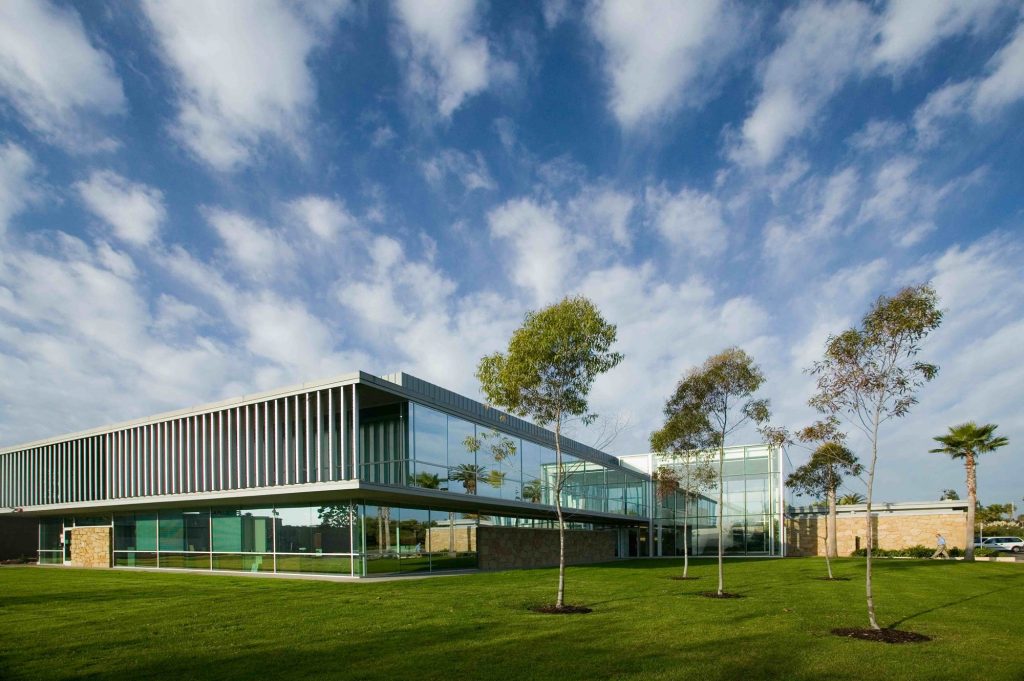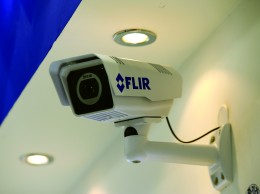
For more than a decade, Teledyne Technologies has been attempting to get into the uncooled infrared market.
With its acquisition of Flir Systems, announced Jan. 4, the multinational conglomerate based in Thousand Oaks might finally have the perfect opportunity to enter the commercial infrared space with a splash.
Teledyne plans to spend approximately $8 billion in cash and stock to buy Flir, a thermal imaging company based in Oregon with a manufacturing and research and development facility in Goleta.
The deal has been approved by the boards of both publicly traded companies, the companies said in a joint news release, and is expected to close by mid 2021.
“We are indeed very pleased to announce that Flir’s exciting technologies and products and outstanding employees will be joining the Teledyne family,” Teledyne Executive Chairman Robert Mehrabian said in a conference call shortly after the deal was announced.
For Teledyne, the acquisition of Flir could finally help the company flourish in a commercial infrared space that it has been trying to invest in.
“Teledyne really wanted to get into the uncooled infrared marketplace, but they just didn’t invest the money for the last 15 years,” Leslie Edwards, UC Santa Barbara’s director of corporate business development, told the Business Times. “So they might have had this envy of Flir because they always talked about how they wished they had an inroad that got them into the commercial space. That’s kind of the Holy Grail.”
Flir’s Goleta facility was once Indigo Systems, an imaging company founded by a UCSB professor and sold to Flir in 2004.
Edwards, who is familiar with both Flir and Teledyne, said there could be problems down the road due to the companies’ different managerial styles.
“Not that I am a skeptic, but mergers don’t necessarily go well,” Edwards said. “As a mature company, Teledyne is focused on quality, reproducibility and processes that make this happen. Flir, on the other hand, has a growing commercial market and relies on new ideas for a rapidly growing market where some succeed and some don’t.”
Flir is focused entirely on digital imaging infrared technology while Teledyne, though it has a digital imaging division, is also focused on other tech sectors such as aerospace engineering.
Teledyne also offers a different selection of infrared imaging products than Flir: primarily infrared detectors used for astronomy and space-based imaging, a market Flir is not active in.
Mehrabian believes the two can complement each other, however, given Flir’s defense contracts.
Flir also made a deal in January 2020 with a Pennsylvania software simulator firm to model its technology for self-driving cars, a market that will only grow as the technology improves.
For for the last two years Flir has attempted to focus less on the commercial space and strengthen its relationships with industrial and defense clients, according to the company’s CEO, James Cannon.
“When we look at this transaction from Flir’s perspective, it makes sense strategically and financially,” he said in the Jan. 4 conference call. “Our offerings are uniquely complimentary with Teledyne and we serve different customers with different applications.”
Both companies have strong ties to the tri-county region. Teledyne is based in Thousand Oaks and is the region’s third most valuable publicly traded company, with a market capitalization of $13.6 billion on Jan. 6.
Flir is based in Oregon but has major operations in Goleta, where the company manufactures thermal camera cores and some of its finished thermal cameras for security and marine use.
According to a Flir spokesperson, the company has 490 full-time employees at the Goleta office, up from 450 in 2017, as well as more than a dozen contingent workers.
“Flir has been a major contributor to Goleta’s local economy,” Kelly Hoover, the city of Goleta’s community relations manager, said in an email to the Business Times. “In 2019, Flir ranked seventh out of the top ten property taxpayers in the city and were one of the top 20 employers. Our hope is that this acquisition will be beneficial to our city.”
Edwards says she thinks Teledyne will stay committed to the Goleta location, saying it’s “not their style” to move or close an acquired division.
“For a lot of Teledyne’s companies, they operate independently and they don’t shut down,” Edwards said. “They have to report back to Teledyne quarterly, and they have a quarterly meeting that tries to put each CEO on the spot, but I don’t think the primary objective of Teledyne is to change the company that’s doing well.”
Shares of Teledyne tumbled after the announcement, though they recovered some of the loss in the following days. Teledyne opened at $352.78 on Jan. 4, 10% below its price when the market closed on Dec. 31, the previous trading day. By Jan. 6, it was trading back around $370.
Flir opened at $53.04 on Jan. 4, up 21% from its Dec. 31 closing price, and was still trading around $53 on Jan. 6.
Under the terms of the deal, Flir stockholders will receive $28 per share in cash and 0.0718 shares of Teledyne stock for each share of Flir stock. That adds up to around $8 billion in total compensation and values Flir at $56 per share, based on Teledyne’s volume-weighted average share price for the five days before the deal was announced.






 Print
Print Email
Email

















